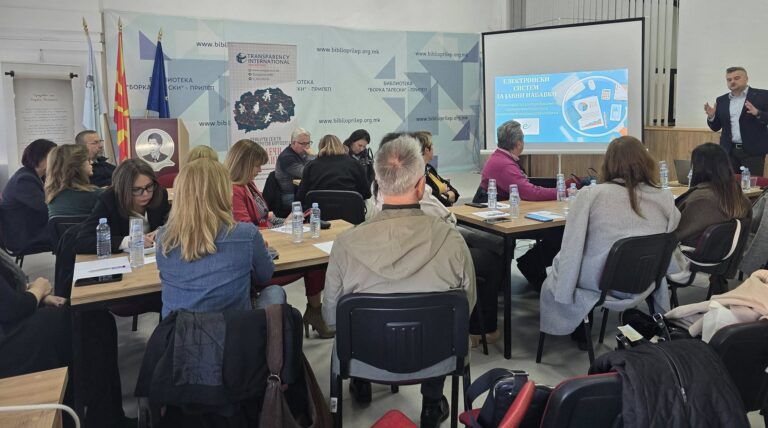Council of Europe adopts new guidelines on prosecution of violent extremism
The Committee of Ministers of the Council of Europe has adopted new guidelines aimed at enhancing the prosecution of violent extremism conducive to terrorism. These guidelines, developed by the Committee on Counter-Terrorism (CDCT), provide strategies for prosecuting violent far-right, far-left, and other sympathisers under terrorism charges.
The guidelines focus on various stages of prosecution, including investigation, charging, and the ways of proving the elements of terrorist offences.
They stress the need for criminal justice authorities to understand how these groups operate, particularly their flexible structures and the distinctive operational strategies.
Key aspects of the guidelines
Investigation techniques: investigations into violent extremism can stem from various sources, including intelligence, online monitoring and community tips. Special techniques like surveillance and financial investigations are emphasized, as they uncover planned criminal activities using otherwise licit funds.
Co-operation: cross-border co-operation and collaboration between agencies are considered essential for effective prosecutions. The guidelines stress the importance of managing the vast online communication between groups and sympathisers across borders.
Prevention: the guidelines stress the importance of efforts to prevent radicalisation, especially in prisons, and the implementation of disengagement programmes to counter the threat of violent extremism.
The text reaffirms the importance of combating terrorism and violent extremism in line with human rights standards, as guaranteed by the European Convention on Human Rights.
Addressing the growing issue of threats and terrorist attacks by violent extremist groups is part of the 2023-2027 Council of Europe Counter-Terrorism Strategy. The guidelines build on the findings of the 2022 Council of Europe report on emerging terrorist threats and subsequent conference on “Transnational terrorist threats from emerging and re-emerging violent extremist movements”.
Council of Europe – Strasbourg – 27 February 2025







![[Aggregator] Downloaded image for imported item #42708](https://civicamobilitas.mk/wp-content/uploads/2025/12/sharri-title-1024x579-1-768x434.png)
![[Aggregator] Downloaded image for imported item #42375](https://civicamobilitas.mk/wp-content/uploads/2025/12/vodich-guide-eng-1-211x300-1.png)